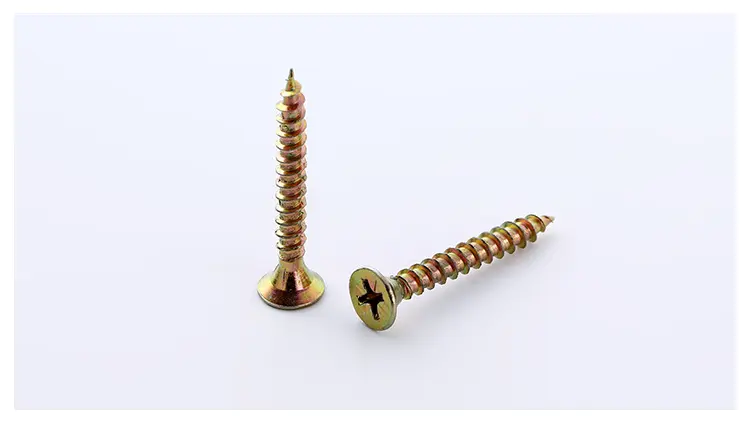Wave Spring Washers for Enhanced Bearing Performance and Reliability in Machinery
Understanding the Role of Wave Spring Washers in Bearings
Wave spring washers are increasingly becoming essential components in various mechanical systems, particularly in applications involving bearings. These unique washers, characterized by their wavy design, offer several advantages that enhance the performance and longevity of bearings in different contexts. In this article, we will explore the functionality, benefits, and applications of wave spring washers in bearing assemblies.
What is a Wave Spring Washer?
A wave spring washer is a type of spring known for its wave-like shape, which allows it to compress and expand under load. This design generates a specific load at a relatively low height, making them ideal for applications that require a compact spring solution. Unlike conventional flat washers, wave spring washers can exert a constant force, compensating for wear and thermal expansion in bearings while maintaining tension on the components they support.
Functionality in Bearing Assemblies
Bearings are crucial components in machinery, providing support and reducing friction between moving parts. When bearings operate, they are subject to various forces, including axial loads, radial loads, and vibrations. Wave spring washers are employed in bearing assemblies to fulfill several critical functions
1. Load Distribution Wave spring washers help to distribute load evenly across the bearing surface, reducing localized stress and prolonging the life of the bearing.
2. Compensation for Tolerance Variations Manufacturing tolerances can cause slight gaps in bearing assemblies. Wave spring washers can compensate for these gaps, ensuring that the components remain engaged and reducing the risk of wear.
3. Vibration Damping The wave structure of the washer provides a degree of elasticity, which can absorb shocks and vibrations. This dampening effect is essential in applications where bearings are subject to fluctuating loads, helping to maintain operational stability.
4. Prevention of Fretting Fretting corrosion is a common problem in bearings due to micro-movements between contact surfaces. Wave spring washers help maintain a certain level of preload, minimizing the chances of such movements and subsequently reducing fretting wear.
wave spring washer for bearing

Benefits of Wave Spring Washers
The use of wave spring washers in bearing assemblies offers several advantages
- Space Efficiency Their compact design allows for integration into tight spaces where conventional springs might not fit, optimizing the overall design of machinery.
- Cost-Effectiveness By enhancing the performance and lifespan of bearings, wave spring washers can reduce maintenance costs and downtime, providing a solid return on investment.
- Versatility These washers can be used in various types of bearings, including ball bearings, roller bearings, and needle bearings, making them a versatile choice for engineers.
- Ease of Installation Wave spring washers can be easily installed without specialized tools, which simplifies assembly processes and minimizes installation time.
Applications of Wave Spring Washers
Wave spring washers find applications across various industries, including automotive, aerospace, robotics, and electrical machinery. In automotive applications, they are often used in wheel bearings and differentials, where they help maintain preload and reduce wear. In aerospace, they are crucial for maintaining the integrity of bearing assemblies in engines and landing gear. Their ability to withstand harsh conditions and maintain performance makes them a preferred choice in high-stress environments.
Conclusion
Wave spring washers are an indispensable component in bearing design, providing critical benefits such as load distribution, vibration damping, and compensation for variations in manufacturing tolerances. Their unique properties not only enhance bearing performance but also extend operational life, making them a valuable addition to various mechanical systems. As industries continue to innovate, the demand for efficient and reliable components like wave spring washers will likely grow, underscoring their importance in modern engineering.
-
Top Choices for Plasterboard FixingNewsDec.26,2024
-
The Versatility of Specialty WashersNewsDec.26,2024
-
Secure Your ProjectsNewsDec.26,2024
-
Essential Screws for Chipboard Flooring ProjectsNewsDec.26,2024
-
Choosing the Right Drywall ScrewsNewsDec.26,2024
-
Black Phosphate Screws for Superior PerformanceNewsDec.26,2024
-
The Versatile Choice of Nylon Flat Washers for Your NeedsNewsDec.18,2024










